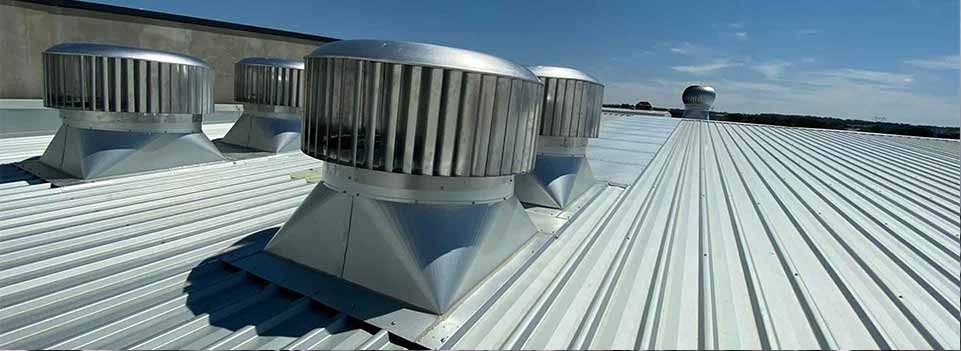
Industrial Exhaust System
Industrial Exhaust System is a system that removes the air pollutants from the exhaust of industrial processes. The Industrial Exhaust System works by collecting air pollutants and then releasing only fresh air back into the atmosphere. It is designed to remove the heat and gases from a process. The hot gas is removed by an engine-driven fan and sent through an exhaust pipe to the outside environment. The exhaust gas contains water vapor, carbon dioxide, nitrogen oxides, sulphur oxides, hydrogen sulphide, methane, and other harmful chemicals that are released into the air.
An industrial exhaust system is crucial for maintaining a safe and healthy working environment in various industries. It’s designed to remove harmful gases, fumes, vapors, and particulates from the air within industrial facilities. Here are the main components and functions of an industrial exhaust system:
Components:
-
Hood or Capture Device:
- Purpose: Captures pollutants at the source. Different types of hoods are used depending on the application (e.g., canopy hoods, downdraft tables).
-
Ductwork:
- Purpose: Transports captured pollutants from the hood to the filtration or discharge point. Ducts need to be properly designed to minimize pressure loss and ensure efficient airflow.
-
Fan or Blower:
- Purpose: Creates the necessary airflow to move the air through the ductwork. Fans can be centrifugal or axial, depending on the system's requirements.
-
Filters or Scrubbers:
- Purpose: Remove particulates and pollutants from the air. Filters can be mechanical (e.g., HEPA filters) or electrostatic. Scrubbers use chemical processes to neutralize or capture pollutants.
-
Exhaust Stack or Vent:
- Purpose: Discharges the cleaned or partially cleaned air to the outside atmosphere. The stack height and design are important to ensure that pollutants are dispersed effectively and do not re-enter the building.
-
Control Systems:
- Purpose: Regulate the operation of the exhaust system, including fans, dampers, and alarms. Automation helps optimize performance and energy efficiency.
Functions:
-
Pollutant Removal:
- Captures and removes harmful substances from the air to protect workers’ health and comply with environmental regulations.
-
Airflow Management:
- Ensures proper ventilation and airflow in the workspace, which helps maintain a comfortable and safe working environment.
-
Temperature Control:
- Some systems also manage heat generated from industrial processes, preventing overheating and maintaining a stable temperature.
-
Compliance:
- Helps facilities meet occupational safety and health standards and environmental regulations set by agencies such as OSHA (Occupational Safety and Health Administration) or EPA (Environmental Protection Agency).
-
Energy Efficiency:
- Modern systems are designed to be energy-efficient, minimizing operational costs and reducing environmental impact.
Considerations for Design and Maintenance:
- Source Location: Positioning hoods close to the source of emissions is crucial for effective capture.
- System Design: Proper sizing and layout of ducts, fans, and filters are essential for efficiency.
- Regular Maintenance: Regular inspection and maintenance are required to ensure the system operates effectively and to prevent issues like blockages or wear.
Applications:
Industrial exhaust systems are used in a variety of settings, including:
- Manufacturing plants
- Laboratories
- Chemical processing facilities
- Automotive repair shops
- Food processing plants

